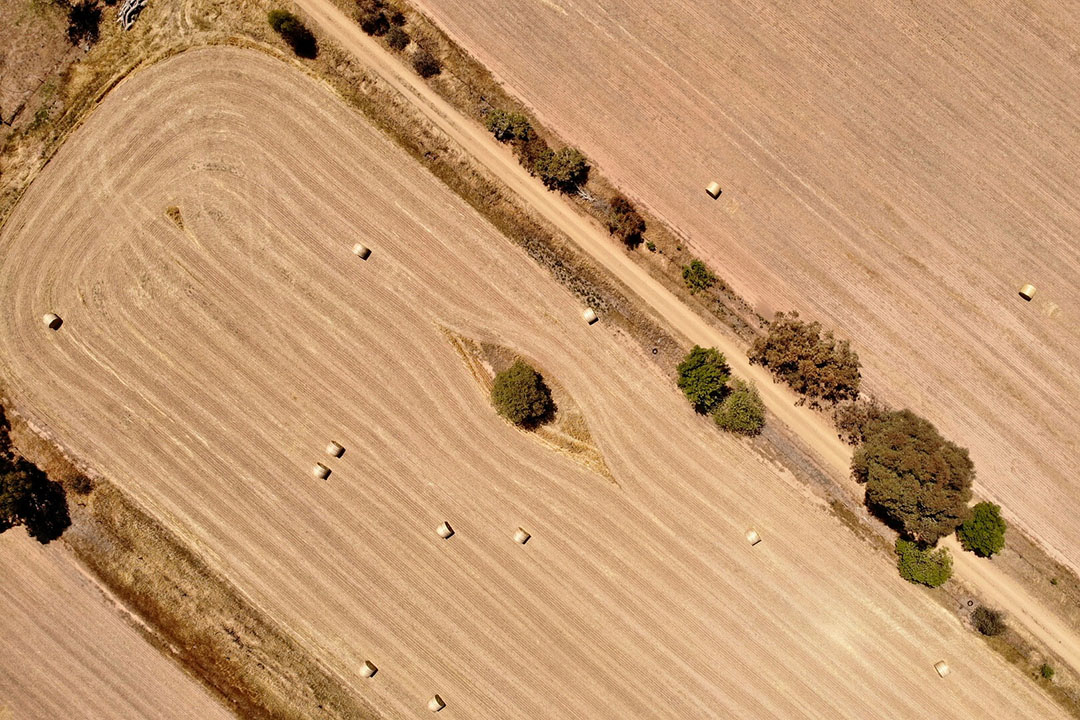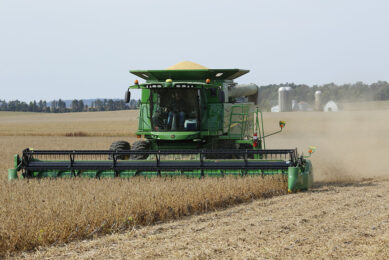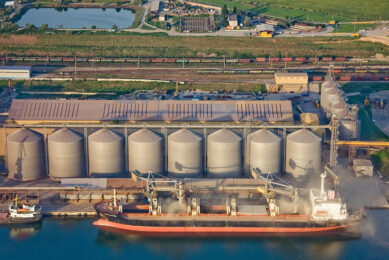Australian grains recover as rain ends drought

Drought-breaking rains and an excellent growing season in eastern Australia are expected to result in a sharp rebound in grain production.
The rains have boosted pasture growth and reduced the need for on-farm feeding of grain to livestock. The droughts have also resulted in a reduction in overall livestock numbers.
Wheat production sees an 80% increase
Australia’s MY 2020/21 wheat production is forecast at 28 mmt, which is 80% larger than the drought-impacted 2019/20 crop. New South Wales (NSW) was most affected by the drought and has also seen the most dramatic turnaround in weather conditions this year. Expectations are for the largest wheat harvest in NSW in over a decade, with the Australian Bureau of Agricultural and Resource Economics and Sciences forecasting a crop of 10.3 mmt, compared to 2.1 mmt and 1.9 mmt the previous 2 seasons. For the first time in 5 years, NSW is expected to surpass Western Australia as the top wheat-producing state in the country.
4 mmt of wheat for feed
The current forecast for Australian wheat consumption in MY 2020/21 is 7.5 mmt, of which 4 mmt is for feed. This estimate is considerably below MY 2019/20 because of drought-breaking rains in eastern Australia, which have boosted pasture growth and reduced the need for on-farm feeding of grain to livestock, and a reduction in overall livestock numbers due to the drought. Furthermore, high Chinese tariffs on Australian barley are resulting in rising use of barley in domestic feed rations compared to wheat.
 Setting the agenda for the next decade
Setting the agenda for the next decade
If the Covid-19 epidemic has taught us anything, it is that we can only overcome adversity by taking our individual responsibilities and working together: a fitting lesson as the feed sector faces its own challenges in the years ahead.
Wheat exports double
Wheat exports are forecast at 18.5 mmt in MY 2020/21, which is nearly double the estimate for MY 2019/20, which were 9.5 mmt, nearly half a million tonnes above the previous year. Exports have been supported by a drawdown of stocks as well as lower domestic consumption of wheat. China has seen the largest increase in Australian wheat export, with shipments up over 1.2 mmt from the previous marketing year.
Much larger barley crops
Australia’s MY 2020/21 barley production is forecast at 10.3 mmt. Up 14% from MY 2019/20 as a result of much larger crops in eastern Australia.
Barley takes a larger portion of feed
MY 2020/21 barley consumption is forecast at 5.7 mmt. Overall grain feeding in Australia is down as a result of reduced livestock numbers and greater on-farm feed/pasture. However, because of lower barley prices and ample supplies available domestically (primarily due to the Chinese tariffs), barley is taking a significantly larger portion of domestic feed rations compared to wheat.
Exports constrained by Chinese tariff
Australia’s barley exports for MY 2020/21 are forecast at 4.2 mmt, up 1 mmt from MY 2019/20. The major factor constraining any further increase in exports is the 80.5% tariff on Australian barley imposed by China’s commerce ministry in May 2020. China typically accounts for about 2/3 of Australia’s barley exports. In addition, in early September the Chinese government also restricted barley imports from Australia’s largest exporter based on claims of pests being found in shipments.
 Alternative animal feed producer secures funding
Alternative animal feed producer secures funding
A UK biotech company that manufactures animal feed from recycled carbon has just secured € 2.5M funding from Europe to help scale up production.
Sorghum production up
The production forecast for sorghum for MY 2020/21 is 1.7 mmt, up 1.4 mmt from the MY 2019/20 estimate of 300,000 mt. The key sorghum areas of northern NSW and southern Queensland were impacted by a multi-year drought. Rainfall throughout 2020 in the sorghum growing regions has generally been average to well-above-average.
Larger sorghum crops near key livestock production
Sorghum consumption in MY 2020/21 in Australia is forecast at 925,000 mt. Overall grain feed consumption in Australia is expected to decline in MY 2020/21 primarily due to the reduced demand from the livestock feed industries. This is largely caused by the improvement in rainfall and subsequent increased pasture production for the grazing livestock industries. However, despite an overall decline in grain feeding, sorghum feed use is still expected to rise due to the combination of a larger sorghum crop, coupled with sorghum growing areas being near key livestock production areas and feedlots.
 Northern Ireland feed manufacturer reduces carbon emissions
Northern Ireland feed manufacturer reduces carbon emissions
One of the largest animal feed manufacturers in Northern Ireland has successfully reduced its carbon emissions by 34% after switching energy supply.
The degree of the sorghum feed consumption increase will be dictated by the price differential to feed barley and feed wheat given the increased production of barley and wheat expected in NSW. Most feedlots are located in NSW and southern Queensland and well placed to take advantage of the anticipated large supply of grains expected in NSW.
Exports primarily to China
Sorghum export forecast for MY 2020/21 is 600,000 mt. The MY 2019/20 sorghum export estimate has been revised up to 70,000 mt. In past years, China has typically accounted for nearly all of Australia’s exports, for use as livestock feed and for making traditional liquor.
The information in this article has been extracted from a USDA GAINS report prepared by Levin Flake and Zeljko Biki.











